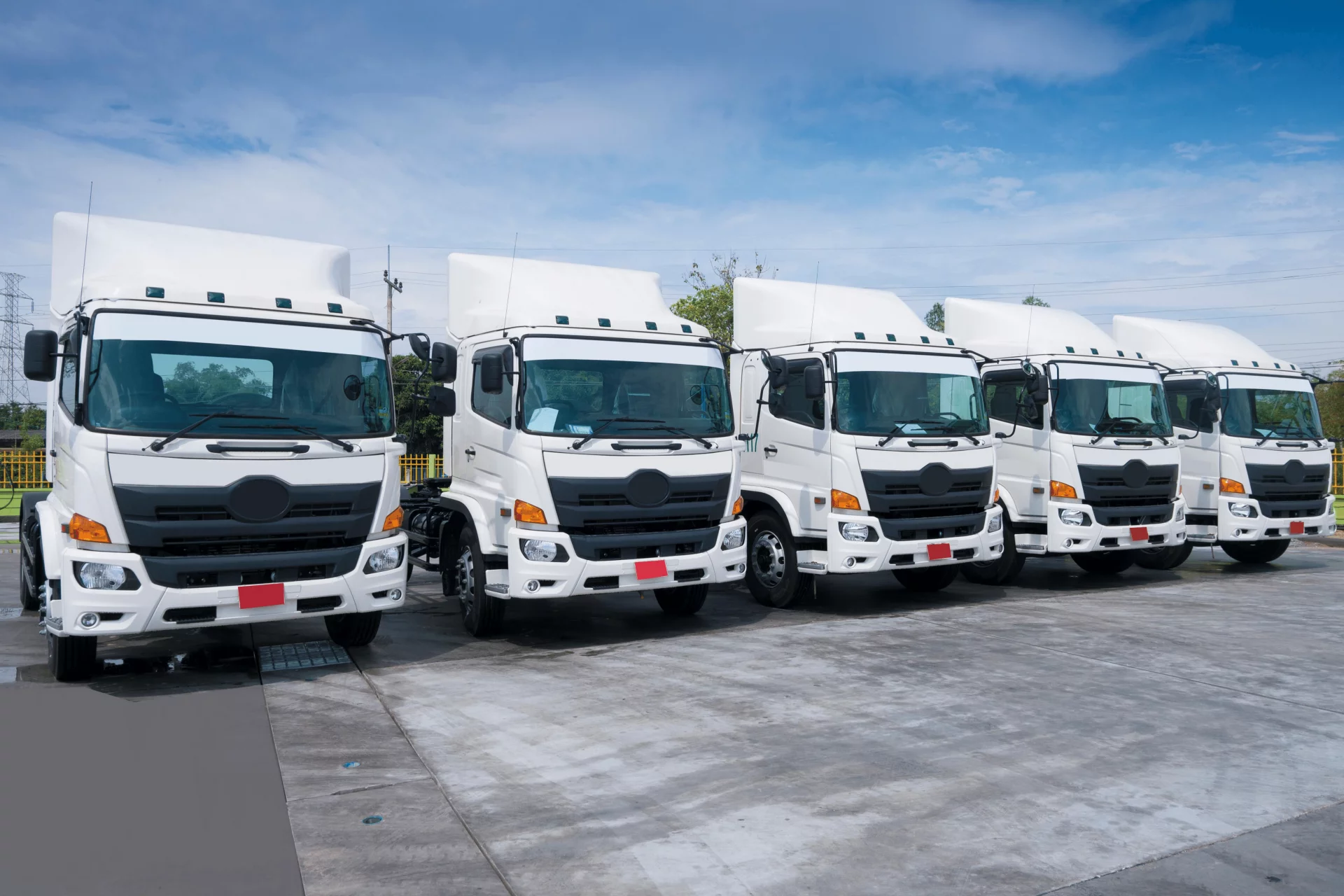Thanks to the SARS-CoV-2 COVID-19 pandemic, America has a product supply-chain backlog at our ports. Yet importers don’t have enough commercial truck drivers to move their cargo 24/7. The pandemic didn’t cause the truck driver shortage, though. An American Trucking Associations (ATA) report notes that the industry has struggled with a driver shortage for at least 15 years.
According to a recent ATA report, the driver shortage is most acute in the longer-haul for-hire truckload market, non-local hauling. Among the many factors identified, the report lists the following as the primary causes:
- Much of the existing drivers are over the age of 55 and looking to retire.
- Women are highly underrepresented compared to the total workforce. Only 7% of all commercial truck drivers are women.
- Some potential and current drivers can’t pass mandated drug tests to return to duty.
- The asynchrony in the commercial truck driver minimum age requirements: 18-year-olds can get a commercial driver’s license but can’t drive commercially across state lines until they are 21 years old.
- The COVID-19 pandemic caused some drivers to leave the industry. Truck driver training schools trained many fewer drivers than average in 2020.
- Time away from home after a while is undesirable for longer-haul truck drivers.
- Infrastructure and other issues, like a lack of truck parking spots, cause drivers to stop driving earlier than they need to get a spot for the night. Congestion also limits drivers’ ability to safely and efficiently make deliveries.
- Other barriers to entry include the inability of potential candidates to meet hiring standards due to driving records or criminal histories.
Solutions are being proposed and implemented to solve the current shortage causes. The ATA says the keys to the driver shortage will most certainly involve increased pay, regulatory changes, and modifications to shippers’, receivers,’ and carriers’ business practices to improve conditions for drivers.
Also, according to the ATA, data from the Department of Labor found that average annual earnings of production and nonsupervisory employees are increasing roughly five times the historical average. The majority of those are driver occupations in the long-haul for-hire trucking industry,
Outreach to a broader segment of drivers, including military veterans, women, and younger drivers, has begun. According to the job site ZipRecruiter, that outreach is working. About 245,000 more women are driving commercial trucks currently, which is a record high.
The Upside of the Truck Driver Shortage
Trucking is integral to the US economy, so truck drivers always have many job opportunities. Commercial truck drivers move 71% of the U.S. economy’s goods. If you’re tired of being micromanaged in your hourly job, then do a job with more independence and flexibility, like commercial truck driving.
Unlike traditional hourly jobs, truck drivers can choose to drive during the day or at night. You’ll get paid to drive cross-country and live on the open road. Depending on your employer, some truck drivers have the freedom to decide when the shift starts, and independent drivers can negotiate their own loads. There are lots of opportunities and needs if you’re the right kind of responsible person.
You are required to get a Class A Commercial Driver’s License (CDL), which does cost some money and school time. So, before investing in your license, talk to people already in the industry to see if you’d be a good fit. The jobs are there for the taking.
Teen and 20-year-old Truck Drivers Encouraged
Patterson High School in Patterson, CA, is one of the first non-vocational high schools in the country to offer a truck-driving program for students. The new infrastructure bill being debated by Congress currently contains a provision to include drivers under the age of 21 in the labor pool in the long-haul trucking industry.
Truck Drivers as young as 18 are allowed to operate commercial trucks within 49 states. But as mentioned before, they can’t commercially drive between states. Since 2018, the Military Commercial Driver Pilot Program has allowed some 18-to-20-year olds with military training to drive trucks between states.
So, with that precedent in mind, the Federal Motor Carrier Safety Administration (FMCSA) proposes its own civilian commercial driver pilot program, which would impose different rules and restrictions on commercial truck drivers, depending on their ages:
- No commercial truck driver under the age of 21 will be allowed to carry passengers or haul toxic waste.
- 18-year-olds would have the strictest rules. They’d have to hold a commercial driver’s license (CDL) for intrastate commerce, and, under an apprenticeship program set up by an employer, they’d have to complete two probationary periods, one 120-hour probation and one 280-hour probation.
- 19 or 20 years old could do the same thing or become eligible if they’ve held a CDL and driven within their state for at least one year and 25,000 miles.
In 2019 Congressional companion bills, “Developing Responsible Individuals for a Vibrant Economy Act,” aka DRIVE-Safe Act, included provisions for younger drivers. Drivers under 21 would use trucks fitted with automated emergency braking, forward-facing dashcams, and a 65-mph speed limiter. We’ll have to wait and see if the FMCSA pilot program gets Congressional approval before knowing the final rules and regulations.
Now’s Your Chance to Pull Ahead of the Trucker Shortage
Scarcity drives demand, and truck drivers are in demand. With regulatory improvements on the way, it just might be the right time to get in and be a part of the truck driver shortage solution. Owner-operators have the opportunity to own an independent small business and have maximum flexibility to generate revenue. Just make sure you start your business the right way.
Transportation Compliance Service (TCS) can help new entrants get up and going the right way. And our compliance specialists can advise how to keep operating costs as low as possible. For experienced trucking operators, hiring managed compliance services is a very good idea. It can help you remain in compliance, keep costs down, and stay in business.
Let Transportation Compliance Service be Your Solution
Starting a new trucking company is a bit more complicated than most first-time entrepreneurs expect. Properly setting up and complying with state and federal regulations is mission-critical for your trucking operation’s success.
Let the Managed Services Compliance Specialists at TCS help you start your trucking business properly from day one!



